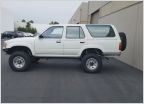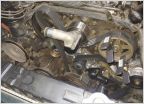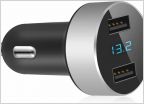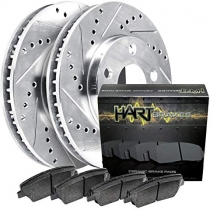-
Welcome to 4Runners.com!
You are currently viewing as a guest! To get full-access, you need to register for a FREE account.
As a registered member, you’ll be able to:- Participate in all 4Runner discussion topics
- Transfer over your build thread from a different forum to this one
- Communicate privately with other 4Runner owners from around the world
- Post your own photos in our Members Gallery
- Access all special features of the site
HEAD STUDS OR BOLTS?
Discussion in '2nd Gen 4Runners (1990-1995)' started by NEW2FOURRUNNERS, Aug 12, 2020.


 Rear main seal help
Rear main seal help Need new radiator advice
Need new radiator advice Spacers or springs for leveling rear end
Spacers or springs for leveling rear end Ball joints
Ball joints Camshaft Seal replacement
Camshaft Seal replacement Trouble starting up after driving for a while then turning off the vehicle
Trouble starting up after driving for a while then turning off the vehicle




























